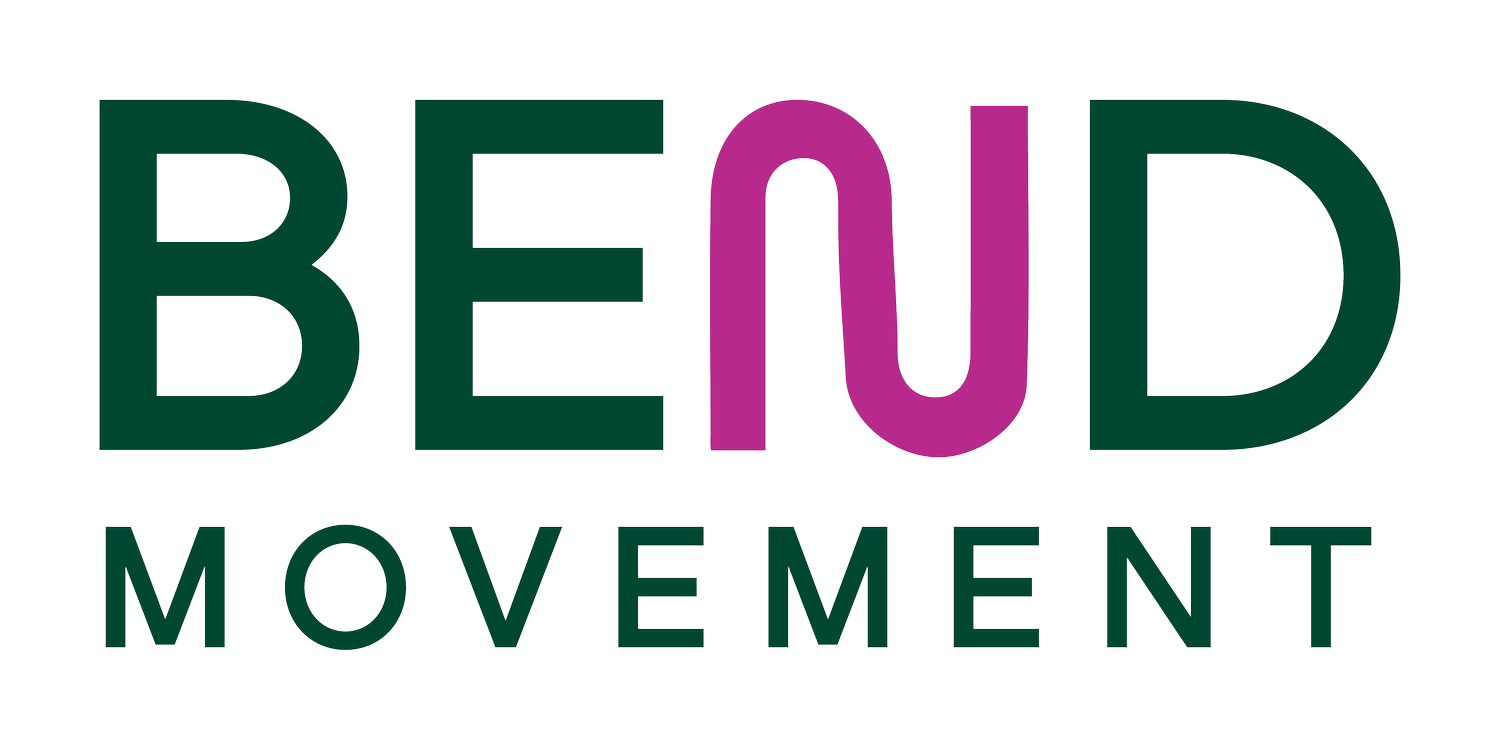Embracing Discomfort in the Rehab Process
The road to recovery isn’t always smooth, and discomfort during the rehab process is not only normal, but can also be a sign that you're progressing. While it’s important to distinguish between discomfort and pain, experiencing some level of challenge is often necessary for healing and rebuilding strength. Learning to embrace this discomfort, without pushing too far, can help you achieve better long-term results.
Understanding Productive Discomfort
When undergoing physical therapy or rehabilitation, discomfort typically arises when the body is challenged to adapt to new movements or regain mobility. This kind of discomfort is productive—it signals that your body is working to heal, strengthen, and improve. Whether it’s stretching tight muscles or rebuilding strength after an injury, mild discomfort is often a positive sign that you’re pushing the right limits without causing damage.
Finding the Balance
It’s essential to understand the difference between discomfort that helps and pain that harms. Productive discomfort feels manageable, and while it may be challenging, it should not cause sharp, sudden, or severe pain. Working with a physical therapist can help you learn where your boundaries are and how to safely challenge yourself. Knowing when to push through mild discomfort and when to ease back ensures that you’re progressing without risking injury.
Long-Term Benefits of Embracing Discomfort
Allowing yourself to experience some discomfort during rehab can lead to better outcomes. By pushing your body beyond its comfort zone, you promote tissue healing, improve flexibility, and rebuild strength. Over time, this process leads to greater mobility and function. The key is consistency—by embracing discomfort in a controlled, guided way, you lay the foundation for long-term resilience.
In summary, discomfort in the rehab process is a normal and necessary part of healing. When approached safely and with guidance, this discomfort can help you make significant progress and reach your movement goals.
